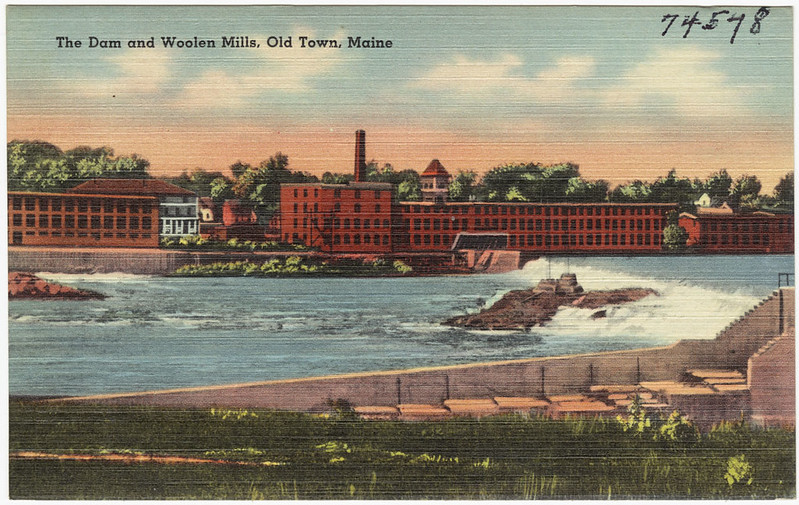Dammed but Not Doomed – Hakai Magazine

As dams come down on the Skutik River, the once-demonized alewife—a fish beloved by the Passamaquoddy—gets a second chance at life…
No turning back: The largest dam removal in U.S. history begins – NPR

The largest dam removal in U.S. history entered a critical phase this week, with the lowering of dammed reservoirs on the Klamath River…
‘Take It Down and They’ll Return’: The Stunning Revival of the Penobscot River – reasons to be cheerful

A historic project in Maine shows that when dams are removed, a river and its fish can recover with surprising speed…
